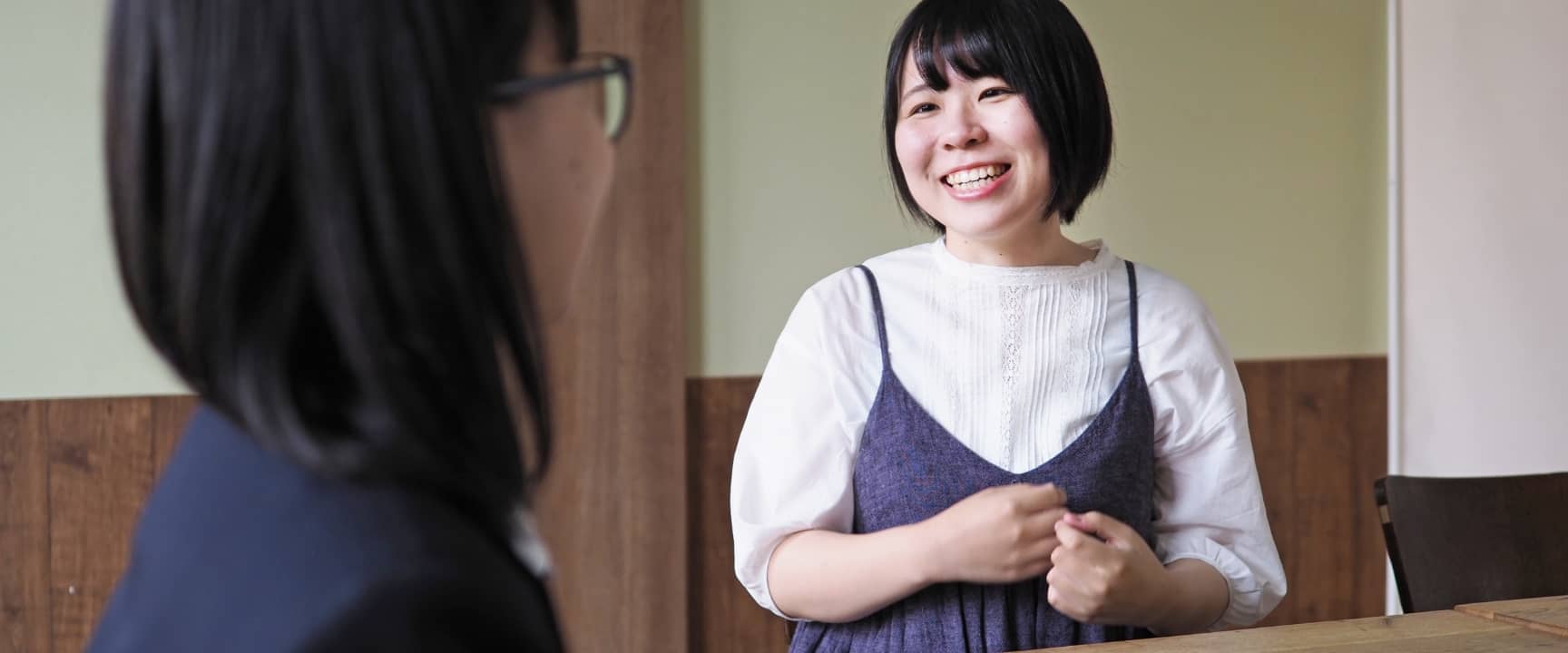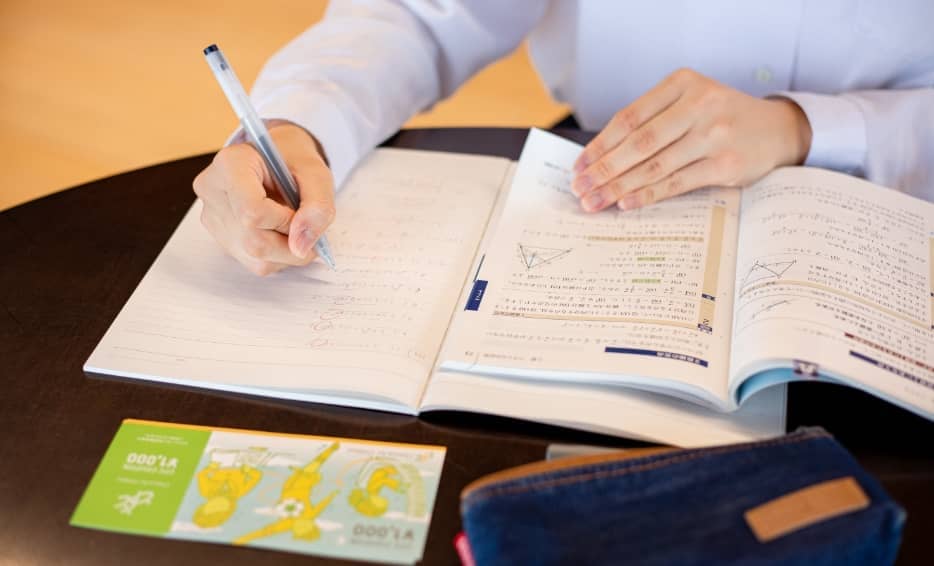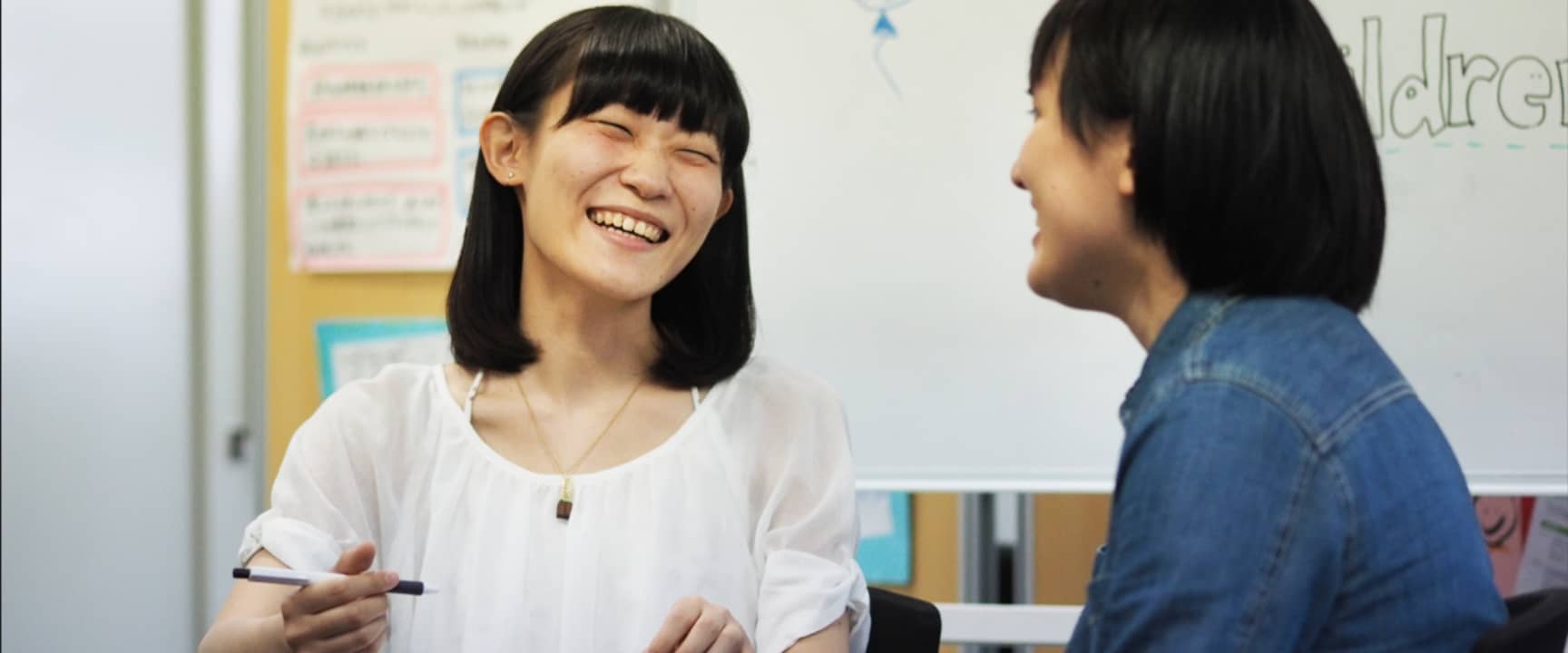Providing diverse educational opportunities
for children in poverty
to help them reach their full potential
About Chance for Children

Founded in 2011, Chance for Children (CFC) is committed to eliminating disparities in child education caused by family income inequalities and ultimately breaking the cycle of poverty for generations to come. In Japan, one in seven children lives under the poverty line. Its child poverty rate is higher than the average of the Organization for Economic Cooperation and Development (OECD) participating countries. It is devastating that economic and education disparities have widened after the COVID-19 pandemic at an unimaginable rate. We must face what is happening and take swift actions for our children who drive the future of Japan.
Child Poverty Rate in OECD Countries(2018)

Note: Data are based on equivalised household disposable income, i.e. income after taxes and transfers adjusted for household size. The poverty threshold is set at 50% of median disposable income in each country. Data refer to 2018 for all countries except Costa Rica (2020), Canada, Latvia, Sweden and the United Kingdom (2019); Chile, Denmark, Iceland, the United States and the Russian Federation (2017); Netherlands (2016); South Africa (2015); New Zealand (2014); Brazil (2013); China and India (2011).
Why we do it

There is an undeniable relationship between household income and family spending on after-school education for children.
This chart tells us that children growing up in low-income households have three times fewer educational opportunities than peers from high-income households. Such disparities may negatively affect the child’s future academic and occupational paths.
Annual household income and after-school education
spending (9th grade students)

Source : “Investment/Study on the analysis of factors impacting children’s academic performance based on 2007 National Survey on academic performance/education activity(detailed survey)” from Ochanomizu University.
Advancement into College
(Comparison between households on welfare and all households)

Source : “The status of child poverty and implementation of child poverty measures in FY 2008” from the Cabinet Office
Academic Performance & Family Income
(Comparison of 6 graders across annual income brackets)

Source : “Investment/Study on the analysis of factors impacting children’s academic performance based on 2007 National Survey on academic performance/education activity(detailed survey)” from Ochanomizu University.
This pie chart shows that more than 60% of spending on education is allocated to after-school programs. The average spending for middle school students is over 300,000 yen (=$2,500–$3,000) per year, which is significant and can be a financial burden for some families.
This trend is strongly seen in Japan and other East Asian countries due to the structure of the college admissions system. Regardless, it is apparent that the gap in educational opportunities has been growing for after-school hours.
Educational Spending for Average Middle-School Students (Public School)

Source : “2021 Survey for Child Education Costs”, Ministry of Education, Culture, Sports, Science and Technology
What we do
CFC believes that all children should have access to after-school programs that meet their interests and special needs, including tutoring schools, arts & crafts, music, sports, and nature programs, regardless of the environment they are born to financially and geographically. With funds being raised through donations from individuals, corporations, and foundations, CFC provides financial and advisory support to disadvantaged children.
Financial SupportStudy Coupons

About CFC’s Study Coupons (vouchers)
- Redeemable only at educational facilities; not for other purposes, such as purchasing daily essentials.
- Ensure various options for the children to choose from.
- Help maintain the coupon users’ financial standing discreet from their peers when they attend the classes.
Advisory SupportBrothers & Sisters

- College student volunteers, a.k.a., Brothers & Sisters, regularly communicate with children to listen to their concerns about school life, learning in general, future paths, and occasionally family matters. Building such relationships helps to create a comfortable environment for children to speak up, and leads to ensure that the coupons can be used effectively.
- Brothers & Sisters have the potential to be role models to inspire children and bring out their potential.
- CFC works with Brothers & Sisters and closely monitors any difficult cases. When necessary, CFC staff members connect children and their families to other NPOs and government services for further assistance.
- Training workshops and lectures by experts, such as clinical psychologists, are provided to Brothers & Sisters to attain proper knowledge to communicate with children in need.
Where we serve
- Permanent support: we serve throughout Japan, including Tokyo, Osaka, Kyoto, Kanagawa, Chiba, Saitama, Hyogo, Miyagi, Fukushima, and Iwate.
- Temporary support: we come in to support wherever natural disasters occur in Japan, whenever possible.
Support Now!

As every child is different, so are their learning needs. CFC aims to create an inclusive and diverse society where all children can shine. Thanks to the generosity of our supporters, we have provided support to over 6,000 children (from grade 1 to 12) in Japan since its foundation, with 2,900 learning facilities participating in the program. We are truly grateful for your consideration in supporting children in need!
Messages from
Co-Representative Directors

- Yusuke Imai (right)
-
The very reason I am committed to supporting children in need is not because I feel sorry for them. I believe that children who receive our support will grow up to become invariable assets to the future of Japan.
This belief has become a conviction through my many years of experience. The potential of children should not be limited by the conditions they are born into or natural disasters. That is why a system to support children is vital for society as a whole. I will continue to do my best to take on this challenge. - Satoshi Okuno (Left)
-
The girl I met through our Study Coupons program often used the phrase “like a normal family.” Poverty not only leads to a loss of educational opportunities, but also leaves psychological scars such as a loss of hope and motivation, and a decrease in self-esteem.
However, there has been a change in the girl who received our support. This is because she not only had the opportunity to learn, but also felt the will and feeling of the supporters behind it. The involvement of many adults has the power to transform the negative impact of poverty into a positive one. My hope is to be the catalyst to make this happen.
How to support

Individual
- Become an individual member
- Make a one-time donation
Corporation/Institution
- Become a corporate member
- Make a one-time donation
Supporter’s Benefits
| Individual | Member | One-Time Supporter |
|---|---|---|
| A letter from one of the children | ||
| Invitations to online | Contribution of 10,000 yen |
|
| members-only event | & above Only | |
| E-newsletter | ||
| Annual Report |
*The benefits are subject to change at the reasonable discretion of Chance for Children.
| Corporation/ Institution |
100,000- 299,999yen |
300,000yen & above |
|---|---|---|
| Letter(s) from the child(ren) addressed to supporter companies and institutions |
||
| Invitations to members-only event |
||
| E-newsletter | ||
| Annual Report | Logo Recognition |
|
| Website | Name Recognition |
Logo Recognition |
*No difference in benefit between Members and One-Time Supporters
*The benefits are subject to change at the reasonable discretion of Chance for Children.
Notes
- All donations are tax-exempt.
- All publications are in Japanese.
- CFC is one of the institutions that the Cabinet Office of the Government of Japan authorizes to recommend awardees of the Medal with Dark Blue Ribbon. Individuals who contribute over 5,000,000 yen and Corporations who contribute over 10,000,000 yen are eligible for a recommendation. For more information, please visit the website of the Cabinet Office of the Government of Japan or contact us at info@cfc.or.jp.
- Current List of Corporate Supporters
- See here for further information.
- Contact us for any questions you may have at info@cfc.or.jp .